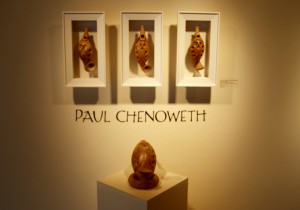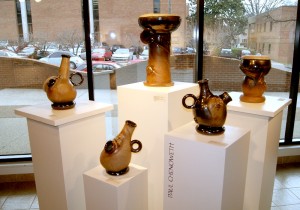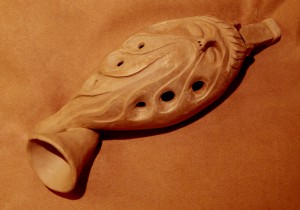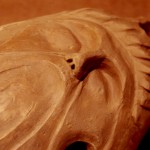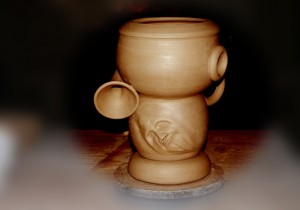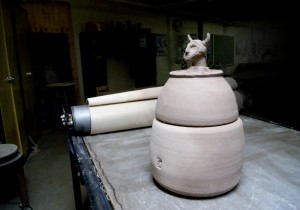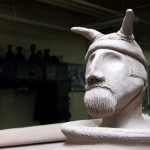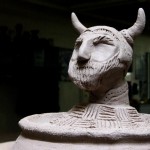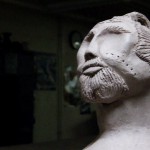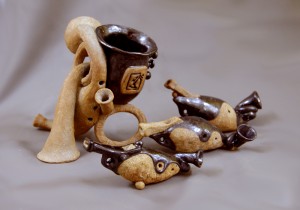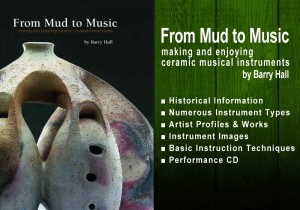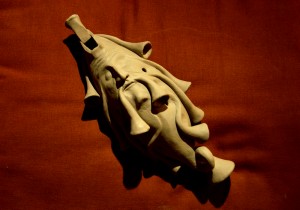 Deb and I have both laughed at the influence that “Davey Jones” from Pirates of the Caribbean: Dead Man’s Chest may have had on this particular piece. I had mentioned something about the remarkable make-up job and the animation of Davey’s tentacles while watching the movie just recently. I can accept that there may have been a seed planted, but I’d really like to think that this particular clay musical instrument, an ocarina, is an exploration of sculpture.
Deb and I have both laughed at the influence that “Davey Jones” from Pirates of the Caribbean: Dead Man’s Chest may have had on this particular piece. I had mentioned something about the remarkable make-up job and the animation of Davey’s tentacles while watching the movie just recently. I can accept that there may have been a seed planted, but I’d really like to think that this particular clay musical instrument, an ocarina, is an exploration of sculpture.
So many traditional brass instruments are remarkable works of functional, sculptural art and for the most part are admired only as a delivery system for music, and not as works of art that stand on their own merit. Flutes and tone sculptures from numerous ancient civilizations are highly decorated, well formed works of art that are celebrated in museums across the globe. Somewhere along the industrial revolution time line, we lost the celebration of the artist-craftsman-instrument-maker and the products of their hands. This Oca-regal is simply an effort to add attention to the sculptural qualities of a simple, ceramic flute. This is a variation on a theme from my previous projects, but I am thinking this direction may have some merit for instruments that are intentionally made to be displayed rather than locked up in an instrument case.
